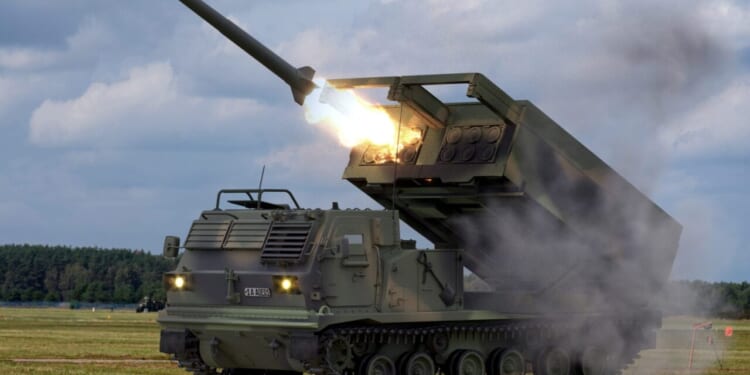ATACMS is a surface-to-surface ballistic missile able to strike targets up to 186 miles away.
In his final days of office, former US president Joe Biden gave Ukraine the green light to use American-supplied long-range missiles to strike targets deep within Russian territory. The delivery and subsequent use of these Army Tactical Missile Systems (ATACMS) proved to be a turning point in the war. While long-range weapons had previously been deployed by Kyiv in regions Russia considers its territory, like Crimea, precise attacks inside Russia had not been carried out.
Kyiv received its first delivery of this weapon system in October 2023. The second delivery of ATACMS for Ukraine occurred in early 2024. Initially, the previous Biden administration prohibited Kyiv’s use of ATACMS inside Russia, fearing escalation. However, as the nearly four-year-long war has dragged on, the requirement for such sophisticated weapons has increased.
The Story Behind the ATACMS
The Army Tactical Missile System, developed by Lockheed Martin, is a surface-to-surface ballistic missile able to strike targets up to 186 miles away. The concept driving ATACMS dates back to the Cold War, when US officials desired a conventional tactical ballistic missile. In the early days of the arms race, the United States relied on the MGM-52 Lance missile. However, as tensions ramped up between the United States and the Soviet Union, the US Army decided to replace the Lance with a solid-fuel missile.
Representing the standard version of ATACMS is the Block I iteration. Designed to precisely strike targets, including surface-to-missile sites, airfields, and other high-value assets, the Block I submunitions can saturate adversarial areas effectively. In fact, Block I ATACMs can even be used to strike moving military targets. Functioning like a cluster bomb, these submunitions can be dispersed over a larger target area. As detailed by the Center for Strategic and International Studies, “The ATACMS Block 1 is launched from a modified version of MLRS M270 AVMRL (Armored Vehicle Multiple Rocket Launcher), which exchanges twelve MRLS rockets for two ATACMS Block 1 missiles. A single ATACMS Block 1 can also be carried and fired by a US Army HIMARS XM142 wheeled light vehicle.” The second type of warhead that can be fired from ATACMs is a 225kg single warhead, high-explosive variant intended to be capable of destroying larger structures and facilities.
While Kyiv’s use of ATACMS has been viewed as a bonus for the nation’s defensive efforts against Moscow, its forces have faced criticism for overusing the long-range missile system. This spring, Ukraine’s military allegedly wasted some of the advanced weaponry delivered by the United States and its NATO allies along the front lines. According to The Defense Post, British officials claimed that Ukraine’s brigades used the Next Generation Light Anti-tank Weapon as a standard rocket-propelled grenade launcher against Russian positions. Since Kyiv was thought to be running low on its ATACMS stockpiles around this time, the overuse or misuse of its then-supply was questionable. As the potential for a ceasefire anytime soon remains dubious, the continued use of ATACMS or similar weapon systems should be expected.
About the Author: Maya Carlin
Maya Carlin, National Security Writer with The National Interest, is an analyst with the Center for Security Policy and a former Anna Sobol Levy Fellow at IDC Herzliya in Israel. She has bylines in many publications, including The National Interest, The Jerusalem Post, and The Times of Israel. You can follow her on Twitter: @MayaCarlin.
Image: Mike Mareen / Shutterstock.com


















